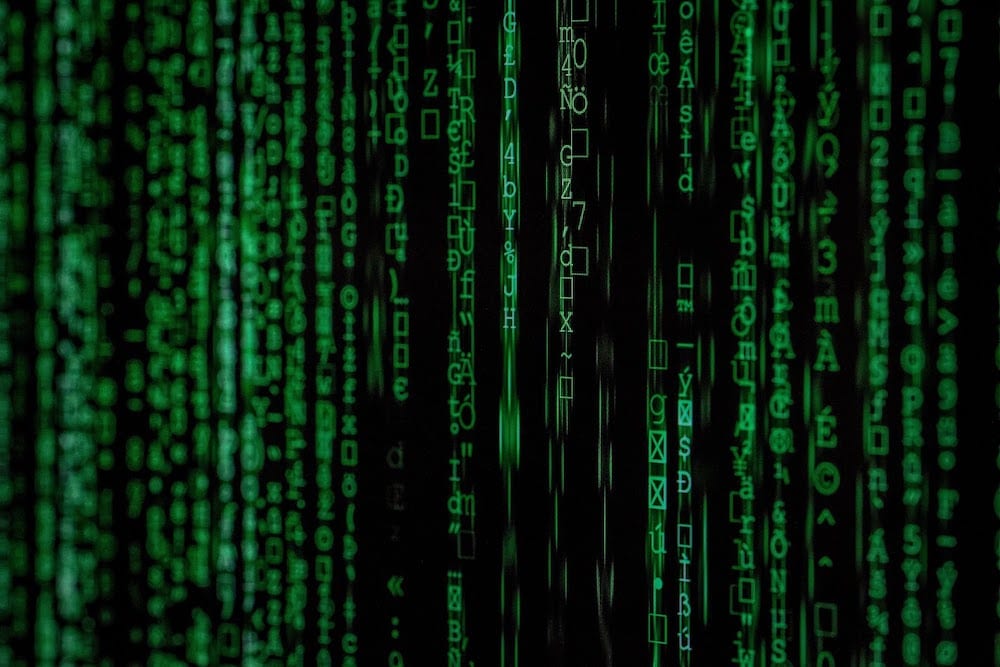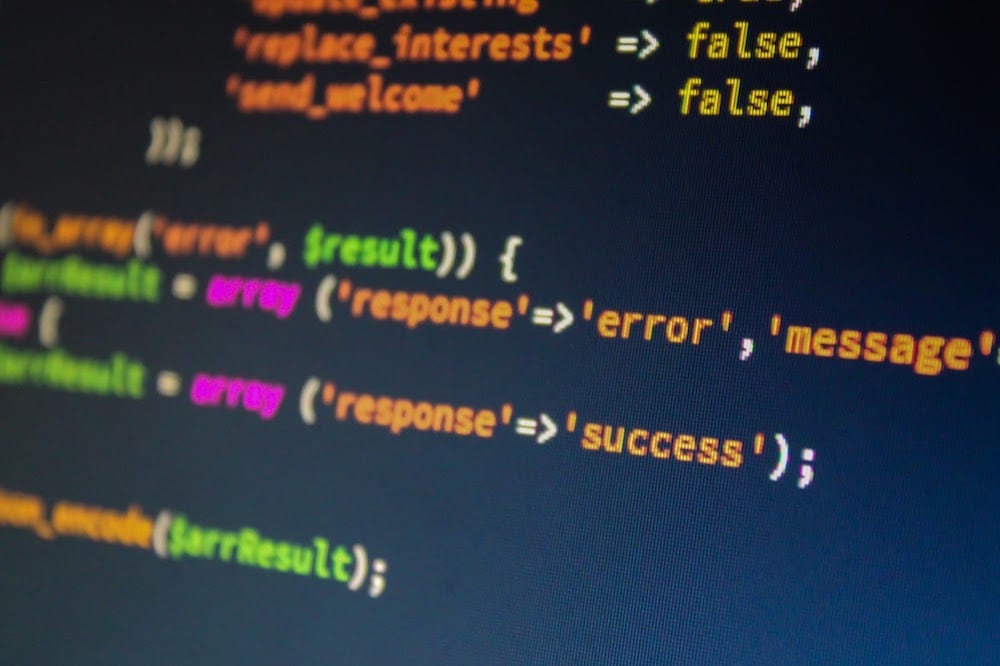PHP is a scripting language, whereas HTML is a markup language. HTML determines the general structure and content of a web page, while PHP provides dynamic content through scripts. PHP is typically a server-side language, while HTML is client-side.
When you first get into web design or website development, you might feel overwhelmed by the different languages and development approaches you’ll encounter. PHP and HTML, for example, seem to be everywhere, and folks who work with one of these often work with the other as well. Familiarity with both PHP and HTML is practically a requirement for web creators of all stripes. Understanding what they are and what they do to make the modern web-based world turn without trouble will help you contribute to the PHP vs HTML code conversation.
Our article has your back. With our assistance, you’ll get the vital stats on both of these essential web tools and learn more about how developers and designers use them to create websites. You’ll learn about how HTML creates the structure of the web and how PHP works within that structure to make connections and perform all sorts of operations. We also show you how PHP and HTML are alike as well as when to use each one in your web development work.
What is HTML?

Even people with minimal knowledge about how web pages work have heard of HTML. It won’t be a surprise to most folks to learn that HTML is a popular means of building web pages. But what exactly is this mysterious thing called HTML, and by what magic does it create your fan-art pages, blog posts, and business sites?
HTML (HyperText Markup Language) is what’s known as a markup language. As a markup language, it’s responsible for dictating the fundamentals of the web page. HTML files form the body of a website, including the text, images, and general layout. On it’s own HTML is really only capable of creating fairly ugly static websites. However, HTML used with CSS makes colorful and dynamic pages possible. You learn HTML to build your page foundations and influence where everything goes, and you learn CSS to change how it looks.
What is PHP?

PHP is a programming language used in web design to create dynamic web pages. HTML provides the foundation and structure for a web page, while various programming languages allow you to create the inner workings of that page. There is no shortage of languages that can get this work done for you, and PHP is one of the most popular ones around. PHP scripts are powerful enough to create almost anything you need on your page. It is also flexible and easy to learn. With care, a novice web developer can use PHP to make their pages hum.
PHP is also known as Hypertext Processor. Like HTML, PHP code comes embedded on the web page, though at times it’s used as a server-side scripting language and executed on the server. Before you see a page, the web browser processes necessary PHP information-sharing operations, including search functions and other vital page elements. Best of all, PHP, like HTML, is open-source software and costs you nothing to use. Paired with HTML, PHP is a crucial tool in your web-development toolkit.
When to Use HTML

HTML is a client-side language, so it’s used to alter how the web page appears to users. As such, HTML is useful for front end development. Web developers use HTML to change text format and appearance. HTML is often used with other languages such as JavaScript.
When to Use PHP

PHP is a server-side language. It reaches out to the backend to retrieve data or instruct the server to perform a task. As such, PHP is just the language you need if you want to build server-management apps or functions, both within web pages and on the servers themselves.
Because PHP is such a champion server language, many developers make it their primary language for back-end functions. Additionally, PHP has excellent security and support for all kinds of protocols, including IMAP, HTTP and HTTPS, POP3, and NNTP. This means that it’s a perfect language for systems and database administrators in many different fields. If you need a web page that controls server function and returns HTML output, PHP is the right choice.
PHP vs HTML: Conclusion
So, there you have it, folks. Novice web developers and designers have to deal with many languages, such as PHP and HTML. Understanding what functions these languages perform will help you become a webpage-building machine in no time.
About us: Career Karma is a platform designed to help job seekers find, research, and connect with job training programs to advance their careers. Learn about the CK publication.

